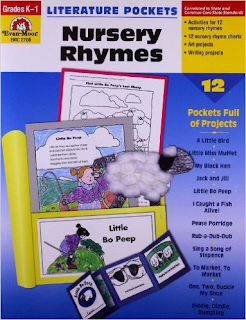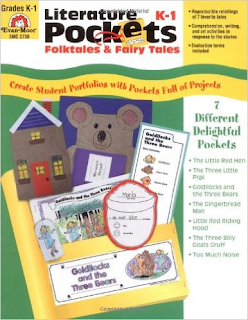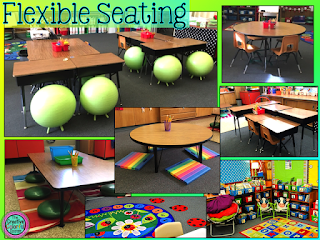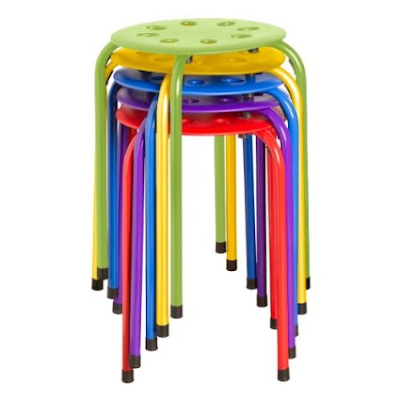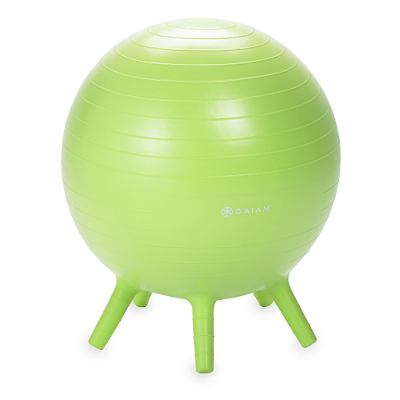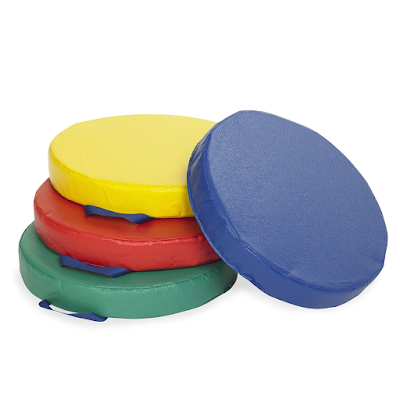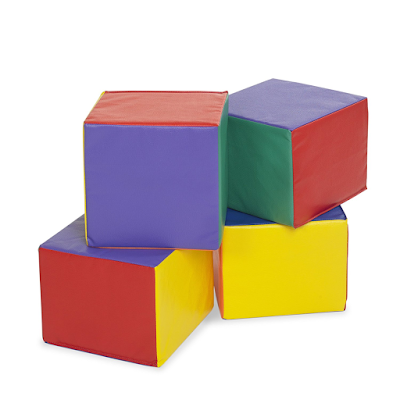This is a website dedicated to teaching and the love of learning. On this blog you will find teacher resources both paid and free, giveaways, and linky parties. You will find articles on education and awesome teacher websites and blogs.
Tuesday, July 26, 2016
Guided Reading on a Budget
Guided Reading on a Budget: Guided reading on a budget is tough, but it can be done! Get fantastic tips from Deedee Wills, plus see colorful examples of these ideas in action.
Friday, July 22, 2016
50 dollar store hacks for the classroom!
Wednesday, July 20, 2016
25% off! Resources for the Classroom! Limited Time
25% off for a limited time. Click the pictures below for more information!
Many more items also available and on sale! Head on over and check it out!
Tuesday, July 19, 2016
Monday, July 11, 2016
Literacy Pockets
So I was surfing the web today and I came across this awesome teacher resource for teaching nursery rhymes called
The book makes teaching and learning through the use of nursery rhymes fun! Literature Pockets, Nursery Rhymes, Grades K-1 contains everything you need to make 12 familiar rhymes come alive through fun, exciting projects. Each pocket contains: an illustrated copy of a nursery rhyme, an art project activity, a comprehension activity, a pattern for a charming cover, and reproducible pages to practice reading and/or math skills. The twelve nursery rhymes are: A Little Bird, Little Miss Muffet, My Black Hen, Jack and Jill, Little Bo Peep, I Caught a Fish Alive!, Pease Porridge, Rub-a-Dub-Dub, Sing a Song of Sixpence, To Market, To Market, One, Two, Buckle My Shoe, and Diddle, Diddle Dumpling.
I then realized that Literacy Pockets is a series of books and has learning opportunities for many different grade levels. Here are the books I have found!
Literature Pockets, Folk Tales and Fairy Tales, Grades K-1
Every pocket in Literature Pockets Folktales & Fairy Tales , Grades K-1 begins with a reproducible retelling of a tale. About the book: students cut, color, and staple the half-pages to make a minibook to put in the pocket, a teacher resource page offers suggestions for sharing the tale, comprehension, art, and writing activities follow, helping the story come to life for students, and two pages of evaluation forms help both teacher and student assess what was learned. The seven tales in this book include: The Little Red Hen, The Three Little Pigs, Goldilocks and the Three Bears, The Gingerbread Man, Little Red Riding Hood, The Three Billy Goats Gruff, and Too Much Noise.
The twelve pockets in Caldecott Winners, Grades 1-3 extend the literature connection through creative writing and exciting art projects. The first pocket introduces students to Randolph Caldecott and the history the Caldecott Medal. Each of the succeeding 11 pockets features: * a medal-winning illustrator * a biography of the illustrator * complete writing projects * art projects The Illustrators studied are: * Barbara Cooney-Ox-Cart Man * Ezra Jack Keats-The Snowy Day * Maurice Sendak-Where the Wild Things Are * David Wiesner-Tuesday * Simms Taback-Joseph Had a Little Overcoat * Nonny Hogrogian-Always Room for One More * Peggy Rathman-Officer Buckle and Gloria * Stephen Gammell-Song and Dance Man * John Schoenherr-Owl Moon * Leo and Diane Dillon-Why Mosquitoes Buzz in People's Ears * Gerald McDermott-Arrow to the Sun: A Pueblo Indian Tale
Every pocket in Literature Pockets, Aesops Fables, Grades 2-3 contains: a two-page reproducible retelling of a tale, a teacher resource page offers suggestions for sharing the tale, comprehension, art, and writing activities, helping the story come to life for students, and two pages of evaluation forms to assess what was learned. The eight tales in this book are: The Tortoise and the Hare, The Lion and the Mouse, The Boy Who Cried Wolf, The Miller, His Son, and Their Donkey, The Milkmaid and Her Pail, The Fox and the Goat, The Fox and the Stork, and The Cat, the Rooster, and the Mouse.
Literature Pockets, Folk Tales and Fairy Tales, Grades 2-3
Every pocket in Folktales & Fairy Tales for Grades 2-3 begins with a two-page reproducible retelling of a tale. About the book: There is a teacher resource page that offers suggestions for sharing the tale. Comprehension, art, and writing activities follow, helping the story come to life for students. Two pages of evaluation forms help both teacher and student assess what was learned. The eight tales in this book include: Henny Penny, The Brave Little Tailor, The Fisherman and His Wife, Jack and the Beanstalk, The Elves and the Shoemaker, The Frog Prince, The Emperors New Clothes, and The Bremen Town Musicians.
Sunday, July 3, 2016
How Flexible Seating Transformed My Classroom | The TpT Blog
Flexible seating is something that I have heard a lot about lately and it is something that I am interested in implementing in my kindergarten classroom. I am not really sure where to start so I set out to do some research and I found this article: It is an awesome read.
How Flexible Seating Transformed My Classroom | The TpT Blog: Meghan Snable can confidently say that flexible seating has been a success for her class. 'I can't imagine going back to traditional seating.'
Here are some options if you are thinking about doing this in your classroom!
How Flexible Seating Transformed My Classroom | The TpT Blog: Meghan Snable can confidently say that flexible seating has been a success for her class. 'I can't imagine going back to traditional seating.'
Here are some options if you are thinking about doing this in your classroom!
Norwood Commercial Furniture NOR-1101AC-SO Plastic Stack Stools, 17.75" Height, 11.75" Width, 11.75" Length, Assorted (Pack of 5)
Gaiam Kids Stay-N-Play Balance Ball (several different colors available)
ECR4Kids SoftZone Carry Me Cushions (4-Piece), Round, Assorted Colors
ECR4Kids SoftZone Children's Carry Me Cube (4-Piece), Assorted Colors
Friday, July 1, 2016
Sensational Sight Word System and Resources
Sensational Sight Word System
I have an awesome sight word system that I use in my classroom that really helps my students to master high frequency words! Here is how we do sight words in my kindergarten class!
My system all revolves around my kindergarten sight word binder that I created for myself and my kindergarten team at my school.
Here is a link to the binders I used:
Here are my Dolch binder cover sheets and tracking sheets for kindergarten, first grade, second grade, and third grade.
The binder includes tracking sheets for the sight words....for Dolch all words are included from Pre-Primer through Third grade as well as the Dolch nouns and five bonus words so I could fill up the graphs. The sets for Fry will be coming soon!
I have also created sets for the first 1,000 Fry sight words:
The binder includes tracking sheets for the sight words....for Dolch all words are included from Pre-Primer through Third grade as well as the Dolch nouns and five bonus words so I could fill up the graphs. The sets for Fry will be coming soon!
I have also created sets for the first 1,000 Fry sight words:
For this system I created a binder where I placed all my master copies in sheet protectors, a Dolch sight word list number 1 sheet for each student in my class, as well as the homework sheet (not included in my TPT sight word items but can be purchased from the links below) from my favorite sight word resource book:
Success With Sight Words
I placed all of the master copies in sheet protectors:
At the beginning of the year I copy enough sight word homework sheets for each week of the school year. I then date each sheet for each Monday that school is in session and then make enough copies of each sheet so each student will have one and I file these away for easy access.
At the beginning of the year I test all my students on the first five words from the first sight word list in the binder. I put a line under each of these words. I simply point to the word on the list to see if the student knows the word or not. At the beginning of the year in kindergarten most students will not know any of the words....that is to be expected. If the student masters the word I put a box around it and mark that they learned the word with an x in the corresponding month graph on the sheet. These can also be colored if you prefer to do it that way. If they know a word then I underline the next word from the list and let them try that one. I keep testing in this fashion until that student has five words that they do not know. I then write the words on their homework sheet for the upcoming week which will be sent home that Monday.
From that point forward I test students each Friday from the words on their list, I fill out their homework sheets and will then send them home on the following Monday with their homework packets.
Once I have formed the reading groups in my classroom I write each students group number on their individual tracking sheet and as I am testing I make a list of words for each reading group. On this list I write two words from each students individual tracking sheet that they have not mastered on the corresponding reading groups list. Make sure to watch for duplicate words and choose a different word if this happens. I usually have 5 to 6 kids in a reading group so this ends up being 10-12 words per group. I then practice each of these words in reading group each day as a group and with each of the students. This is a key component to this system as some of the students do not practice their words at home.
For the reading group practice I have purchased 2 sets of each of the following sight word flashcards. You can click on the pictures below to purchase these flashcards.
There is a different word on each side of the cards. This is one reason that I buy 2 sets. The other is that so I will have more than one card for each word in case more than one group needs the same word (this happens a lot in the beginning). I then sort each set by alphabetical order making sure I have one card showing for each word and I store each set in a different index card box holders such as the one below (you can click on the picture below to purchase)
Here is a picture of my sight word cards to show what it looks like with the cards sorted into boxes:
I put a sticker on each box and label it as such: red words, blue words, green words. After I test each student I take their reading group word lists and I pull the cards from the boxes that are needed for each group. On occasion you will have several groups that need the same word card....if I don't have enough I just use a sharpie and write the word on a blank index card for that group. You can use white or the colored cards below. I suggest the colored cards as it just makes it easier when you go to file the cards that are not needed back away the following week.
Once I pull each groups cards, I file away any cards that are not needed from the previous week and I add the new cards to each groups reading folders. I found these awesome folders that I use for my reading groups. They are made of plastic so they really hold up and there are 8 pockets so that I can house all of my reading group materials. (I love these and also use them for my math gorups!)
Here is a picture of mine in use. I type up a page with the group number and student names in bold print for each folder.
If you are looking for a great book with activities to do during your reading groups this is my suggestion: (This is my favorite teacher resource book-most of the reading group activities I do come from this book and I place the materials I print from this books included cd in the folders above)
One of the first activity that we do during reading group time is to practice our sight words. I pull out the cards and as a group we read each card three times. If the students do not know the word then I say it and they repeat it three times. I then have the students read the groups book independently while I practice the words with each individual student. I get my reading group books from Reading A-Z. If you don't have a subscription, a great way to get one is by putting up a project on
While the students are practicing there reading skills, I work with each student individually on their sight words. We play a game with the flashcards. I hold all the cards in my hand I ask the student the word, if they know it, I place the card on the table. If they do not know it, I say it and they repeat the word thee times and the card goes behind the others in my hand so that it is repeated. This step can be differentiated. With my higher level students I can usually put the card at the end of the pile. With the lower level students you may need to place the missed card only a few card back or maybe even behind the next card in line. We continue this game until all cards have been read and placed on the table. I then repeat this process with each student in the group. This is sometimes a lengthy process and I may need to get the group started on another activity from the file if they have all read the book several times.
I hope that this will help you to get a successful sight word program started in your classroom. Below I have also included some wonderful sight word resources from my TeacherspayTeachers store as well as some more awesome sight word teacher resource books that are available on Amazon.
Dolch Sight Word Work:
Some different ways that I use these products is whole group, reading group, center time, individual work during reading group time, morning work, and homework. You can purchase these sets individually or click on the last picture to click them all in a bundle!
Dolch Sight Word Write, Trace, Cut and Paste
I use these items in the same ways listed above. I am currently working on creating the sets for second and third grades and will add them here when they are ready!
Dolch Sight Word PowerPoints
Dolch Sight Word I Have Who Has Games
Dolch Sight Word Sentence Unscrambles
I use these items in the same ways listed above. I will eventually create the sets for first, second and third grades and will add them here when they are ready!
Dolch Sight Word Story Comprehension
I use these items in the same ways listed above. These are some of my top sellers in my store! I will eventually create the sets for first, second and third grades and will add them here when they are ready!
Fry Sight Word Work:
You can purchase these individually:
Or in this bundle:
You can purchase these individually:
Or in this bundle:
You can purchase these individually:
Or in this bundle:
Or you can get all of the above Fry 5 Weeks of Sight Word Work items in a mega bundle:
Fry Sight Word I Have Who Has Games:
Here are the bundled sets from my TPT store. These can also be purchased individually at my store.
Subscribe to:
Posts (Atom)
THREE $100 GIVEAWAYS of TpT Gift Certificates!
Here is your chance to win a gift certificate that will get you some wonderful teaching resources from Teachers Pay Teachers! Click the Ra...
-
Each year our kindergarten team puts on a wonderful kindergarten graduation program. Here are some of the things that we do: We order ...
-
Here is your chance to win a gift certificate that will get you some wonderful teaching resources from Teachers Pay Teachers! Click the Ra...














